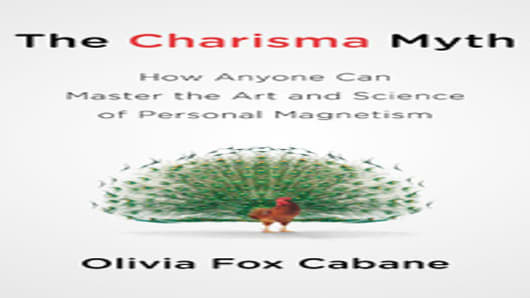Have you ever had the experience of feeling totally confident, master of a situation? A moment when people seemed impressed by you—even just one moment of the people around you going “wow!” we don’t necessarily think of these experiences as charisma, or consider ourselves charismatic, because we assume that charismatic people are magnetic every instant of every day. They aren’t.
Like many other social skills, charismatic behaviors are most often learned early in life. People usually don’t consciously realize they are learning them. They’re just trying new behaviors, seeing the results, and refining them. Eventually, the behaviors become instinctive.
Countless well-known charismatic figures worked hard to gain their charisma, increasing it step by step. But because we come to know them at the peak of their charisma, it can be hard to believe these superstars weren’t always so impressive.
Former Apple CEO Steve Jobs , considered one of the most charismatic leaders of the decade, did not start out that way. In fact, if you watch his earliest presentations, you’ll see that he came across as bashful and awkward, or veering from overly dramatic to downright nerdy. Jobs painstakingly acquired charisma over the years, and you can see the gradual improvement in his public appearances.
When we first meet someone, we instinctively assess whether that person is a potential friend or foe and whether they have the power to enact those intentions. Power and intentions are what we’re aiming to assess. “Could you move mountains for me? And would you care to do so?” to answer the first question, we try to assess how much power he or she has. To answer the second question, we try to assess how much he or she likes us. When you meet a charismatic person, you get the impression that they have a lot of power and they like you a lot.
The equation that produces charisma is actually fairly simple. All you have to do is give the impression that you possess both high power and high warmth, since charismatic behaviors project a combination of these two qualities. “Fight or flight?” is the power question. “Friend or foe?” is the warmth question.
A final dimension underlies both of these qualities: presence. When people describe their experience of seeing charisma in action, whether they met Colin Powell, Condoleezza rice, or the Dalai Lama, they often mention the individual’s extraordinary “presence.”
Presence is the single most requested aspect of charisma when I’m coaching executives. They want to increase their executive presence or boardroom presence. And they’re right to focus on it: presence turns out to be the real core component of charisma, the foundation upon which all else is built. When you’re with a charismatic master—take Bill Clinton, for example—you not only feel his power and a sense of warm engagement, you also feel that he’s completely here with you, in this moment. Present.
Email me at bullishonbooks@cnbc.com — And follow me on Twitter @BullishonBooks


